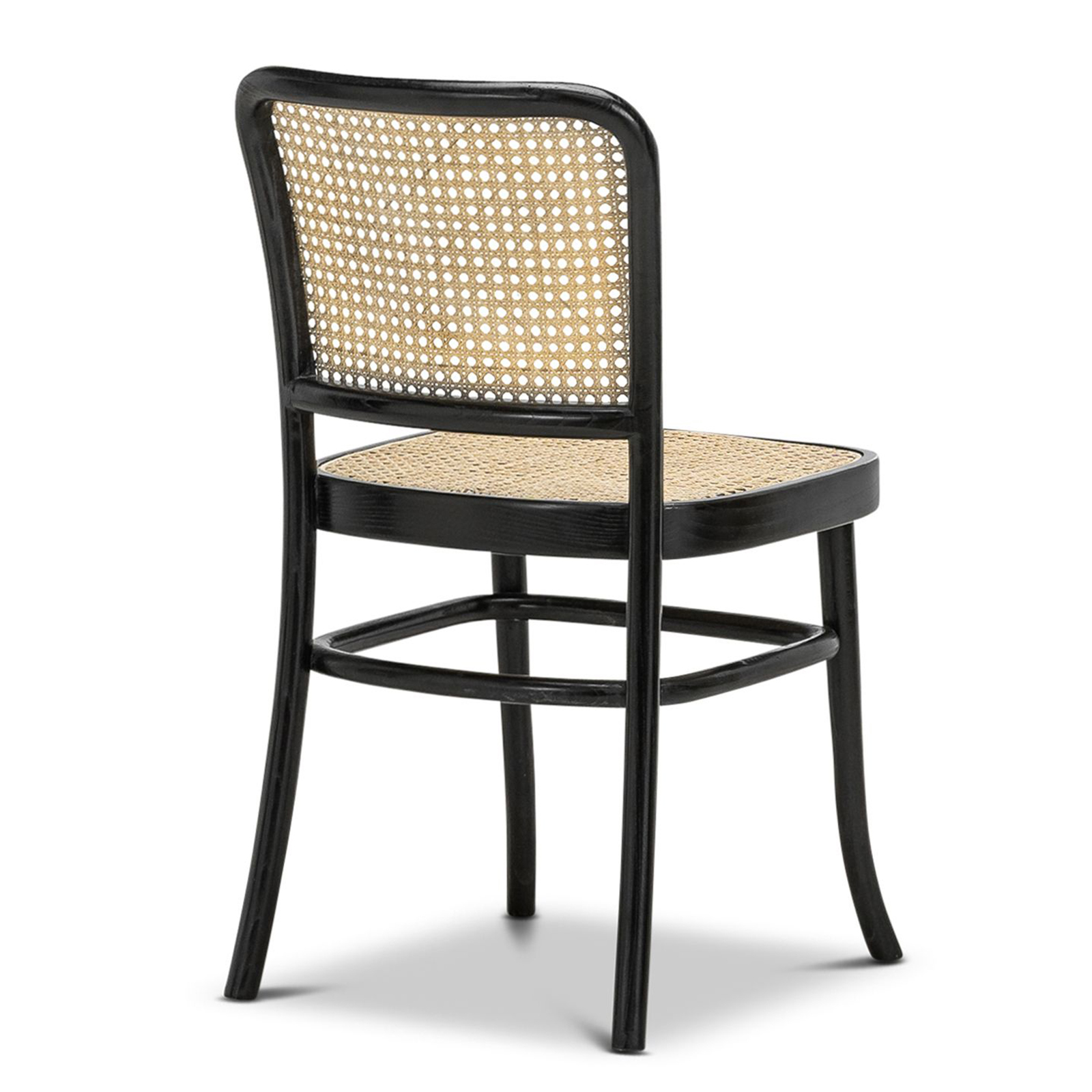Manufacturing & Materials of Black Woven Leather Dining Chairs

Okay, so like, you wanna know about how these totally rad black woven leather dining chairs get made? It’s a whole process, from picking the leather to, like, the final assembly. It’s pretty dope, tbh.
Black woven leather dining chair – Making these chairs isn’t just slapping some leather onto a frame, you know? It’s a pretty intricate process that involves a bunch of skilled peeps and some seriously cool machinery. Let’s break it down.
Manufacturing Process of Black Woven Leather Dining Chairs
Here’s the lowdown on how these chairs get made, step-by-step. It’s way more involved than you might think!
| Step | Description | Materials Used | Techniques Involved |
|---|---|---|---|
| 1. Leather Selection & Preparation | Choosing the right type of leather (full-grain, top-grain, etc.), inspecting for quality, and prepping it for weaving. This involves cleaning, softening, and potentially dyeing the leather to get that perfect black hue. | Rawhide, dyes, cleaning solutions | Leather inspection, cutting, dyeing |
| 2. Weaving the Leather | The leather is carefully woven into the desired pattern. This often involves specialized looms and skilled artisans. The tightness of the weave impacts the chair’s durability and look. | Woven leather strips, looms | Weaving, pattern creation |
| 3. Frame Construction | The chair’s frame is built using wood (often hardwood like oak or beech) or metal. The pieces are cut, shaped, and assembled using techniques like joinery or welding. | Wood (oak, beech, etc.) or metal, screws, glue, welding equipment | Woodworking/metalworking, assembly |
| 4. Upholstery & Assembly | The woven leather is carefully attached to the frame. This may involve stapling, gluing, or a combination of techniques. Finally, any finishing touches, like adding protective coatings, are applied. | Staples, glue, protective coatings | Upholstery techniques, final assembly, quality control |
Types of Leather Used and Their Properties, Black woven leather dining chair
Okay, so leather isn’t all created equal, fam. There are different grades, each with its own vibe and level of, like, durability and maintenance.
Full-grain leather is, like, the top-tier stuff. It’s totally unblemished, showing off its natural texture. It’s super durable and ages beautifully, but it’s also the priciest. Top-grain leather is also pretty awesome, but the top layer has been sanded down, making it smoother but slightly less durable. Genuine leather is, like, a lower grade, and it’s usually treated to look more full-grain, but it won’t last as long. Maintaining these different leathers varies; full-grain might need some conditioning, while others might be more low-maintenance.
Sustainability and Environmental Impact
Yo, sustainability is a big deal these days, right? So let’s talk about how eco-friendly (or not) woven leather chairs are compared to other options.
- Leather’s Impact: Leather production can have a pretty big environmental footprint, especially when it comes to water and energy use, plus the carbon emissions from livestock. However, leather is a natural material that’s biodegradable. Sustainable practices in tanning and sourcing can significantly lessen the impact.
- Alternatives: Fabrics like microfiber or recycled polyester can be more sustainable in terms of resource consumption, but they’re not biodegradable. Also, some synthetic materials can release harmful chemicals during manufacturing or use.
- Overall: The overall environmental impact depends on the specific materials, manufacturing processes, and end-of-life management of the chair. Choosing a chair made with sustainably sourced leather and responsible manufacturing practices is key.
